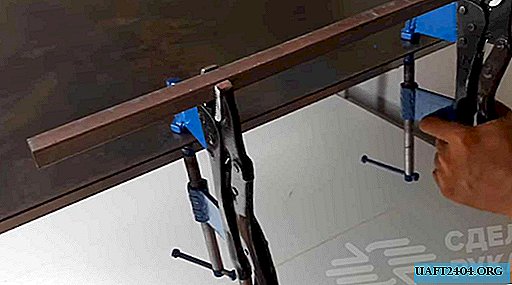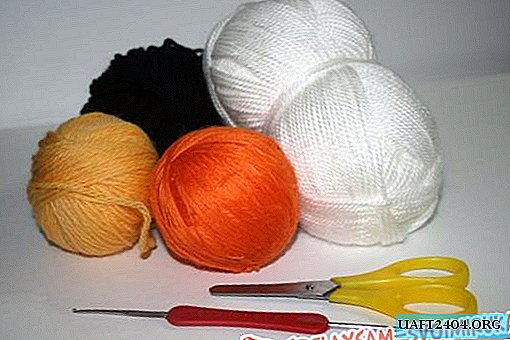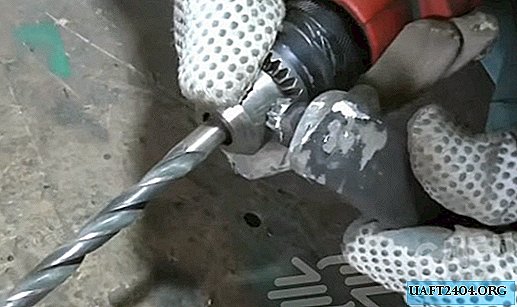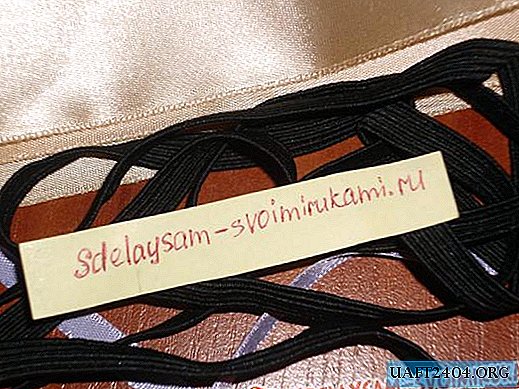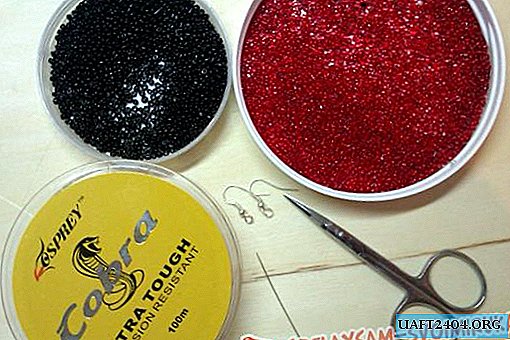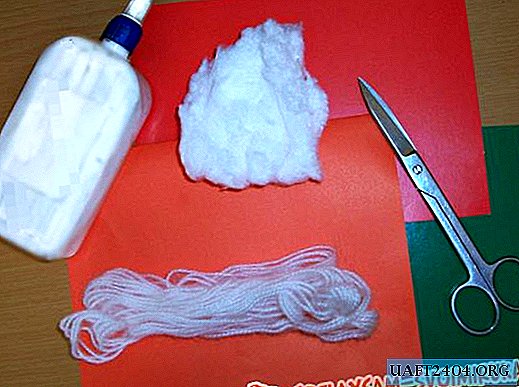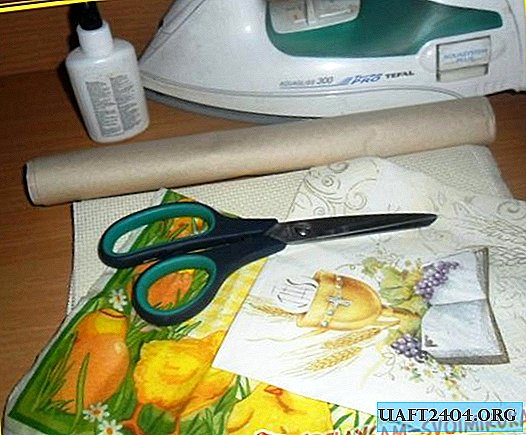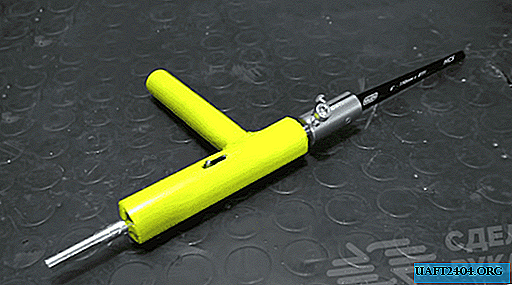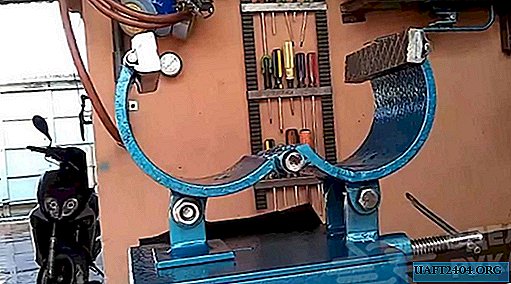Share
Pin
Tweet
Send
Share
Send
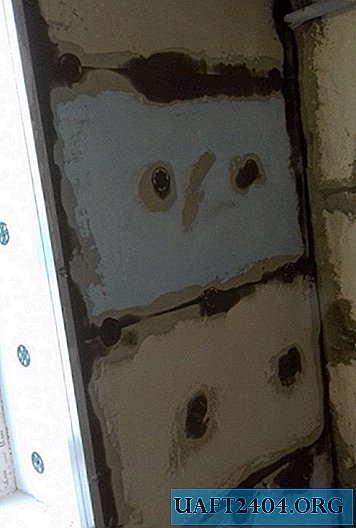
To ensure the possibility of a comfortable stay in the apartment in winter, the owners clad the rooms with insulating coatings, among which sheets of expanded polystyrene were widely used.
Microbes, fungi, chemicals, ultraviolet rays and other environmental factors are unable to destroy the internal structure of their material. But after covering the walls with these products, the temperature change of the heated space is accelerated, moisture condenses and the room area decreases.
Technology of wall insulation polystyrene foam
If the owner of a residential apartment has decided to insulate the walls of the room with the material in question, he needs to carefully prepare the surface. During this measure, large irregularities are filled with foam, and cracks undergo more complex processing. They expand and lose the remaining debris, are moistened by spraying water and filled with tile glue mixed with plaster in a 1: 1 ratio. After covering the cracks, the walls are finally covered with a leveling compound.
The rows of polystyrene plates are mounted using adhesive technology on a perfectly prepared base, and work proceeds from the floor level to the height of the ceiling. To improve the reliability of their fixation, it is recommended to use a solution of polyurethane adhesive for internal use. The first line of insulation products is fixed at a small distance from the floor, and the dimensions of the sheets are adjusted to the features of the base by cutting the material.

Glue is used to process the perimeter of the product, which is then applied to the surface 200 mm from the adjacent plate and, when pressed, is shifted to a gap of 50 mm. The independent movement of the plates, which takes place before the adhesive hardens under the influence of gravity, is prevented by plastic dowels with a wide head. Before installing such products, the intersection of the gaps between adjacent elements of the heat-insulating lining is equipped with an opening with a width later than the dowel twisting into it.

The length of the fixing element should correspond to the thickness of the sheet, and the seams between the fixed polystyrene foam should be sealed with a mounting foam. An excess amount of hardened sealant is cut off with a paint knife and the installation of a vapor barrier layer from a foil-coated polyethylene film begins, which prevents moisture condensation, the propagation of pathogens and the spread of harmful fungi.


Cloths of this material with a minimum thickness of 0.2 mm are fixed end-to-end with the foil side to polystyrene foam on the entire surface of the insulated base, and the remaining gaps are sealed with adhesive tape, which is equipped with a layer of foil. To improve the property of aesthetic appeal, a surface equipped with a vapor barrier film is coated with a stucco mortar. Before work, a fiberglass mesh with cells of 5 mm size is laid, which increases the adhesive force of the solution with the base.


Cloths of this material are fixed with an overlap of 100 mm and are attached by means of plastic dowels to insulated walls. The mesh is treated with glue, the layer thickness of which must correspond to 2 mm, and the corners are equipped with metal profiles. In order to gain aesthetic appeal, walls insulated by the technology discussed are subjected to finishing and laying of decorative coatings compatible with the style of interior design.

Share
Pin
Tweet
Send
Share
Send

